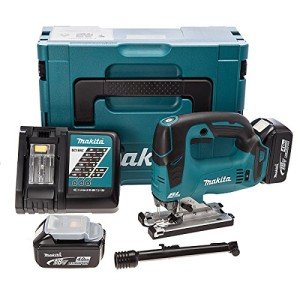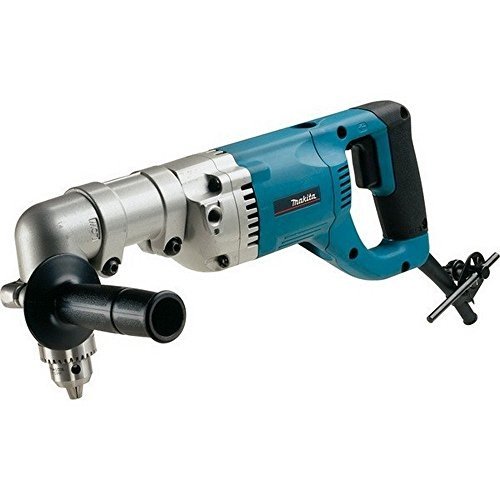
Mitre Saw Double Bevel
Add a reviewOverview
-
Viewed 3
Company Description
What’s The Job Market For Mitre Table Saw Professionals Like?
Unleashing Precision: The Comprehensive Guide to Mitre Tables Saws
Mitre table saws are vital tools in a woodworker’s toolbox, best for making accurate angled cuts for both elaborate and extensive jobs. Whether you’re a professional craftsman or a DIY hobbyist, understanding the ins and outs of mitre table saws can significantly elevate your woodworking skills and results. This article intends to elucidate the necessary features, types, applications, and more associated to mitre table saws.
What is a Mitre Table Saw?
A mitre table saw is a versatile cutting tool designed to make angled cuts, referred to as mitres, that are important for different woodworking jobs such as frame making, molding cuts, and other comprehensive work. Unlike traditional table saws, a mitre saw is especially skilled at achieving exact angles and crosscuts, proving useful in numerous settings from pastime shops to professional cabinet-making environments.

Key Features of Mitre Table Saws
Comprehending the functions of mitre table saws can assist users pick the right design for their requirements. Here are the essential functions to think about:
| Feature | Description |
|---|---|
| Blade Size | Typically ranges from 8 to 12 inches, affecting cutting capability and depth. |
| Angle Adjustment | Many designs enable for fast and easy angle modifications, usually from 0 to 45 degrees. |
| Laser Guide | Some saws come geared up with laser guides for increased cutting accuracy. |
| Double Bevel Capacity | This function permits the saw to tilt in both directions, enabling more flexibility for cutting. |
| Dust Collection | Built-in dust collection ports assist preserve a clean work area. |
| Sliding Functionality | Sliding mitre saws provide extended Cross Cut Mitre Saw-cut capability for broader materials. |
Kinds Of Mitre Table Saws
There are several types of mitre saws, each designed for various applications. Understanding the distinctions can aid in picking the tool that best matches a particular job.
-
Requirement Mitre Saw: Basic model focused on making precise crosscuts and mitre cuts at various angles. Suitable for beginners and less complex projects.
-
Compound Mitre Saw: This type can tilt in one instructions, enabling bevel cuts along with Buy Mitre Saw cuts. It’s ideal for making cuts on framing and crown moldings.
-
Sliding Compound Mitre Saw: An innovative model that includes the abilities of a compound mitre saw with sliders that enable more comprehensive crosscuts. Perfect for larger materials.
-
Cordless Mitre Saw: Powered by batteries, it offers portability and benefit, making it appropriate for task sites without easy access to power.

| Type | Best For |
|---|---|
| Requirement Mitre Saw | Newbies, basic cuts |
| Compound Mitre Saw | Bevel cuts, crown molding |
| Sliding Compound Saw | Larger product, comprehensive crosscuts |
| Cordless Mitre Saw | Portability, fast task site cuts |
Applications of Mitre Table Saws
Mitre table saws are incredibly flexible and can be employed in a range of woodworking applications. Here are some common usages:
- Framing: Perfect for angle cuts utilized in structure frames for structures or furniture.
- Crown Molding: Ideal for complex cuts required to put together crown moldings efficiently.
- Furniture Making: Useful in producing comprehensive joints and parts for furniture pieces.
- Flooring: Assists in cutting tiles or wood flooring pieces at accurate angles.
- Crafts and DIY Projects: Great for Electric Mitre Saw hobbyists working on home decoration or detailed craftwork.
Upkeep and Safety Tips
Understanding how to preserve and use a mitre table saw securely is crucial for both longevity and user security. Follow these pointers:
Maintenance
- Routine Cleaning: Frequent cleansing of the saw and its elements avoids dust buildup, making sure smooth operation.
- Blade Sharpening: Keep the blade sharp for cleaner cuts and less strain on the motor.
- Inspect Electrical Parts: Regularly inspect the power cord and changes for indications of wear and tear.
Safety Tips
- Usage Safety Gear: Always wear safety goggles and a dust mask while cutting.
- Secure Materials: Ensure the workpiece is firmly protected to avoid shifting during cuts.
- Follow User Manual: Abide by the maker’s standards for operation and upkeep.
Frequently asked question Section
Q1: What size mitre saw should I pick?
A1: The ideal size depends upon the kinds of jobs you will carry out. Requirement sizes are usually in between 10 to 12 inches. A 10-inch blade is sufficient for most home projects, while a 12-inch blade is better for larger products.
Q2: Can I utilize a mitre saw for rip cuts?
A2: Mitre saws are not created for rip cuts. If you need to make longitudinal cuts along the grain, a table saw is better.
Q3: What is the distinction in between a compound and a sliding compound mitre saw?
A3: A compound saw tilts in one direction for bevel cuts, while a sliding compound mitre saw can slide back and forth, enabling larger crosscuts in addition to compound cuts.
Q4: How do I make sure a perfect mitre cut?
A4: Proper setup and a cautious measurement are crucial. Constantly utilize a stop block for duplicated cuts and examine the saw’s alignment before making the preliminary cut.
Q5: Is it essential to acquire a dust collector?
A5: While not required, a dust collector assists keep a tidy office and enhances presence, which can substantially boost cutting precision.
In the evolving world of woodworking, a mitre table saw sticks out as an ultimate tool reliable for Precision Mitre Saw cuts in a myriad of applications. By understanding the features, types, and correct use of this exceptional tool, woodworkers can take full advantage of efficiency and ensure top quality outcomes in their projects. Buying a great mitre saw not only help in producing lovely pieces but also improves the total woodworking experience. Cautious attention to maintenance and security will ensure that this tool stays a trusted buddy for several years to come. Happy cutting!
